Over coffee yesterday we chatted about the relationship between the top goal scorers in domestic leagues over a season and the title winners that year. Somewhat to our surprise there is a weak relationship between the two.
The data below shows the domestic league winners in England, Germany, Spain and Italy over 21 seasons (83 seasons in total and not 84 as in 2004/2005 there was no league winner in Italy) and the top domestic league scorer for each season. Earlier in the year Declan Jordan considered a similar topic here for the League of Ireland.
Only 28% of top goal scorers in each of the domestic league competitions played for the champions. It occurred 8 times in the Premier League and 7 times in Spain while only 5 and 3 times in Germany and Italy respectively. What’s more, of these 23 occurrences, the golden boot award was shared 5 times. As John Eakins argues here this may be linked to the offensive and defensive philosophies associated with different European leagues.
Having just one superstar seems important but may not be enough to win a league.
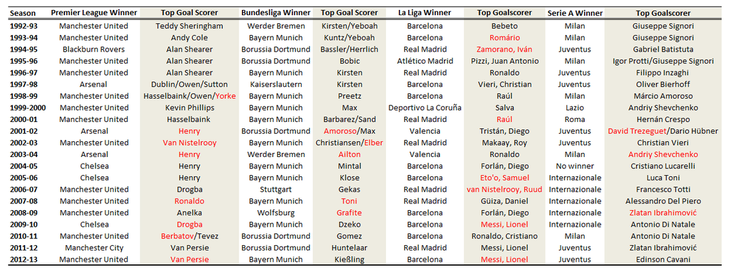
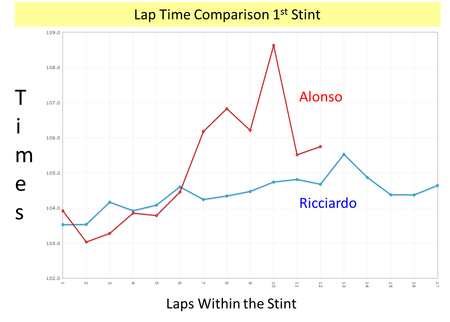

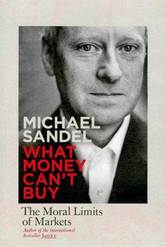
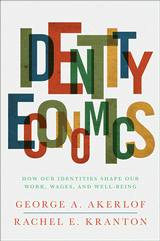
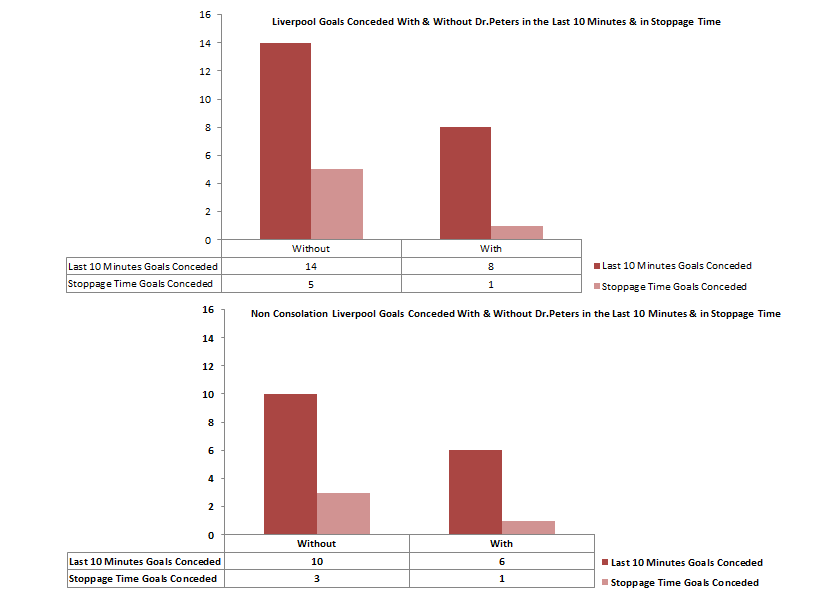
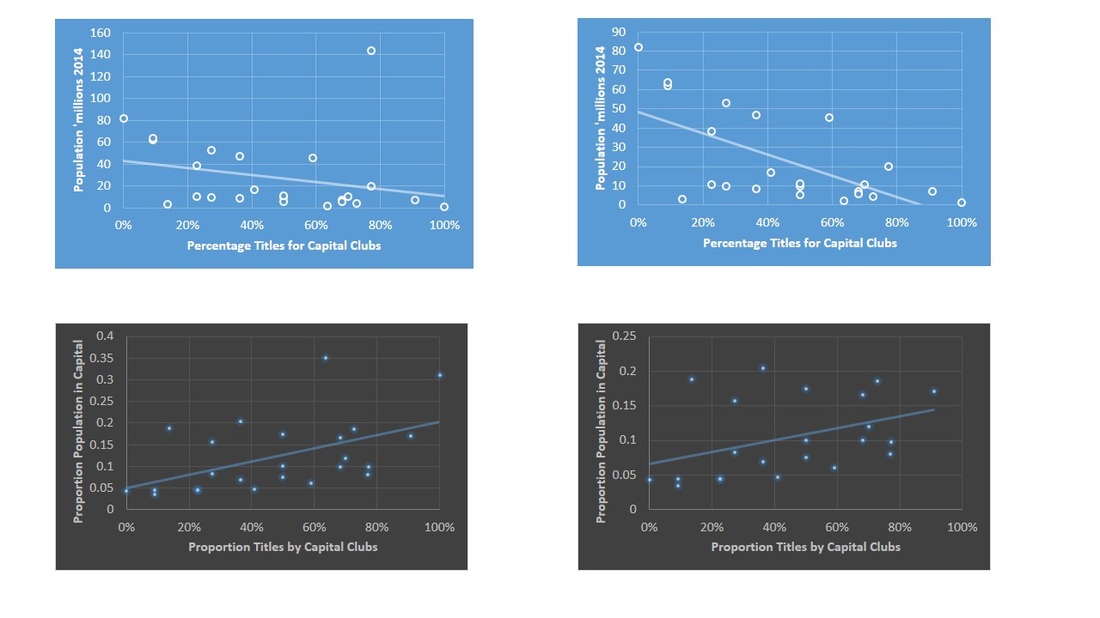
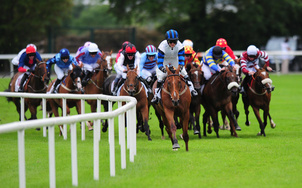

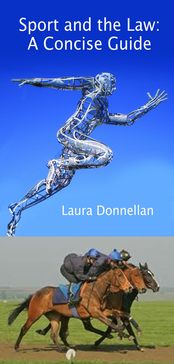
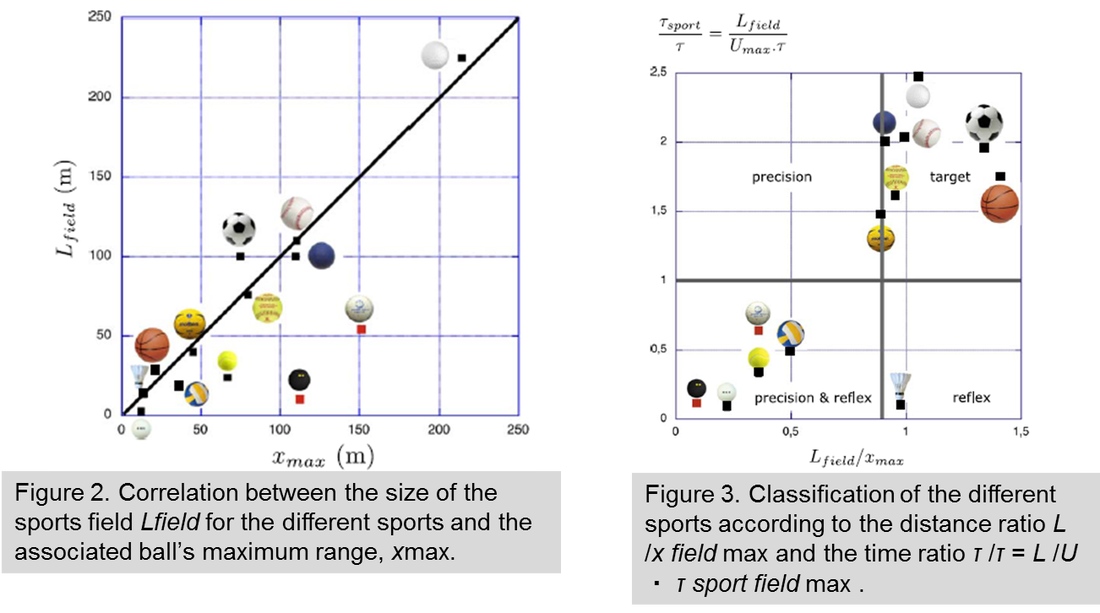
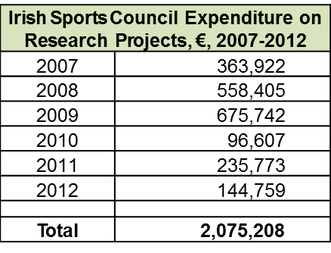
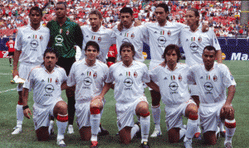
 RSS Feed
RSS Feed